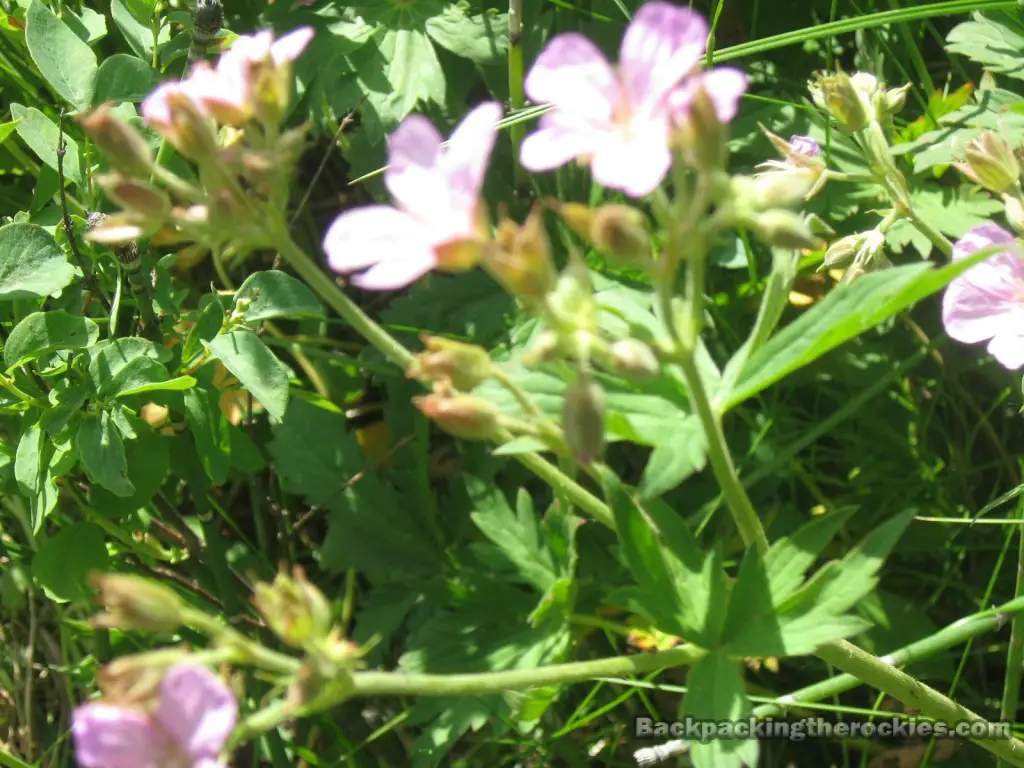This post was last updated on December 3rd, 2022 at 07:42 pm
How to Determine if an Unidentified Plant Is Edible
Lets say you are in the middle of a survival situation and really need food bad, or just hungry and lost on a backpacking trip. Do you know the proper procedure for testing a plant? You will need to confirm whether or not it is edible or poisonous.
It’s a fairly straightforward technique, but you should always exercise extreme caution when eating wild edible plants. I could easily envision a really hungry person not following the steps and eating too much of an unknown plant too fast. Just read (or watch) Into the Wild to learn the dangers involved.
How to find Plants with a High probability of being Edible
The easiest method to narrow down your list of potential plants to eat is to watch the wildlife. If you can see animals and birds that are eating off a particular tree or plant, it will narrow your search for food. It is not a sure thing, but it is a good indicator that you MIGHT be able to eat it.
Many animals have different digestive systems and have evolved immunity to certain things that humans have not. Take the sloth for example, nearly every plant they eat would be deadly to humans and most other animals.
If you cannot see animals eating off certain plants you can always look for signs.
Some signs that animals and birds have eaten a certain plant include:
- Partially eaten leaves
- Trampled down area in the immediate vicinity
- A clump of berry’s or leaves with an obvious gap or bare spot where you can tell there should be more berries or vegetation.
- Animal bedding areas near by, most species will choose a resting area in close proximity to a food source.
Game trails leading to a certain type of plant: When you follow game trails you can more closely examine the foods they eat. By staying right on their trail and moving slowly you should be able to find a recently eaten plant. This plant could be your starting point to determine edibility.
The Color Red and other bright colors in Nature are sort of a universal warning signal. Using this data, you can eliminate a few species to try to eat right off the bat. Sure there are red and other colorful plants and animals that are edible, but its best to concentrate on plants that are tasty looking and green.
Plants that have evolved some sort of protection: If a plant has spikes and has evolved some form of protection from being eaten, there is a good chance it is a wild edible plant. You might have to work through the spikes and stinging, but with cooking and careful extraction you will likely be able to eat these types of plants. Some of these types include the thistle, prickly pear cactus, stinging nettle and others. They evolved the spikes and defenses for a reason, because animals were eating them.
The Procedure to Test Plants to see if they are Edible
- Touch the plant and feel for any type of irritation
- Put the Plant against your lip and feel for any type of irritation or burning. If you experience any discomfort from these first two steps its a good idea to move on to another plant.
- Put the plant on your tongue and leave it there for several minutes. If you feel no discomfort continue with the next step.
- Take a bite of the plant and leave it in your mouth for a few minutes.
- Chew it and let it sit in your mouth for a few more minutes.
- Swallow that one bite and wait for 15-30 minutes to determine if you will be getting any type of negative reaction.
- Finish the leaves or fruit and wait a minimum of 8 hours before eating any more. If after 8 hours you have not become sick, you should be able to fairly safely eat more of the plant.
By using this technique you may be able to safely figure out if certain plants are wild edibles, or poisonous plants you should avoid.
I’m not a medical professional, so please do your own research. The above guidelines are general in nature.

